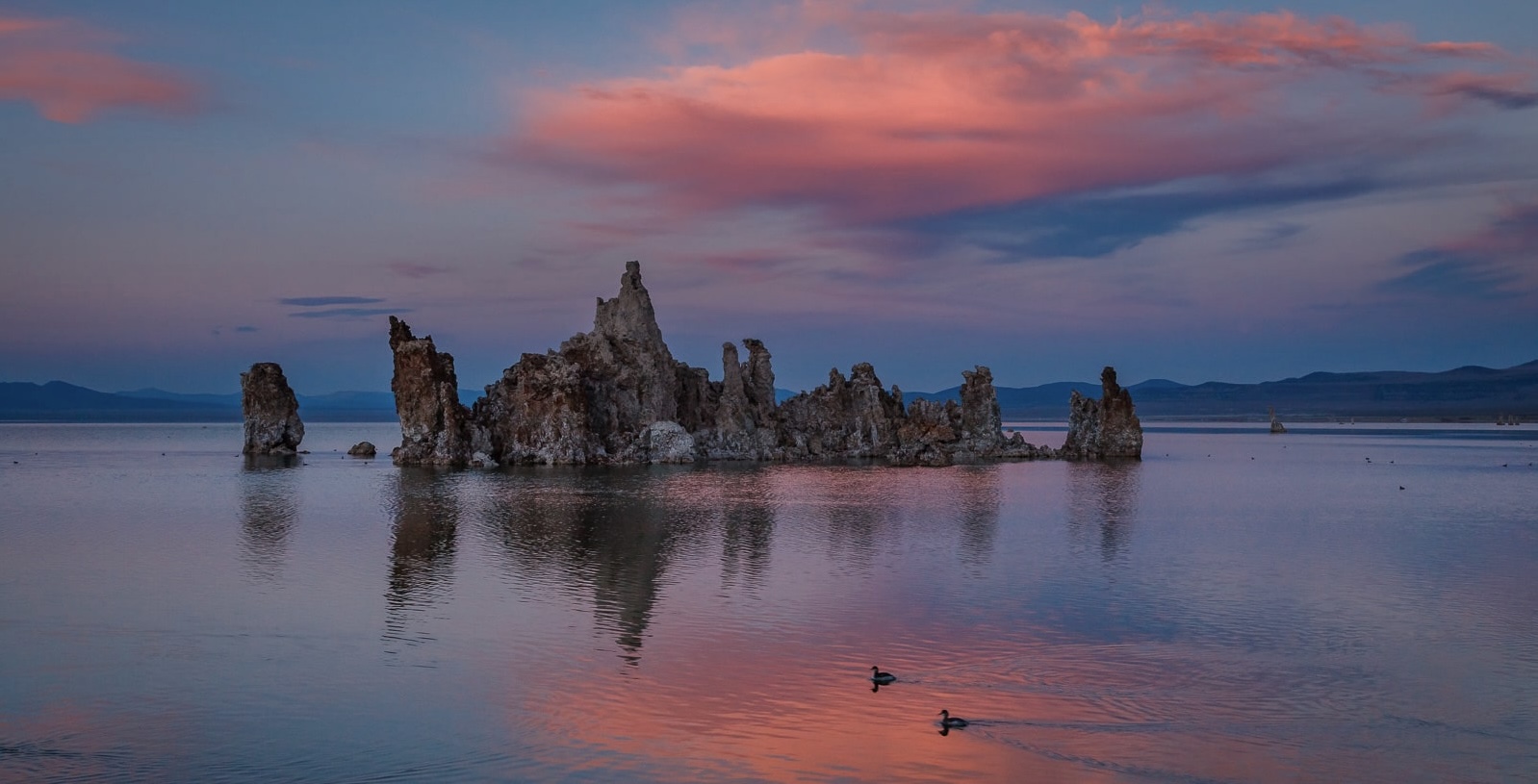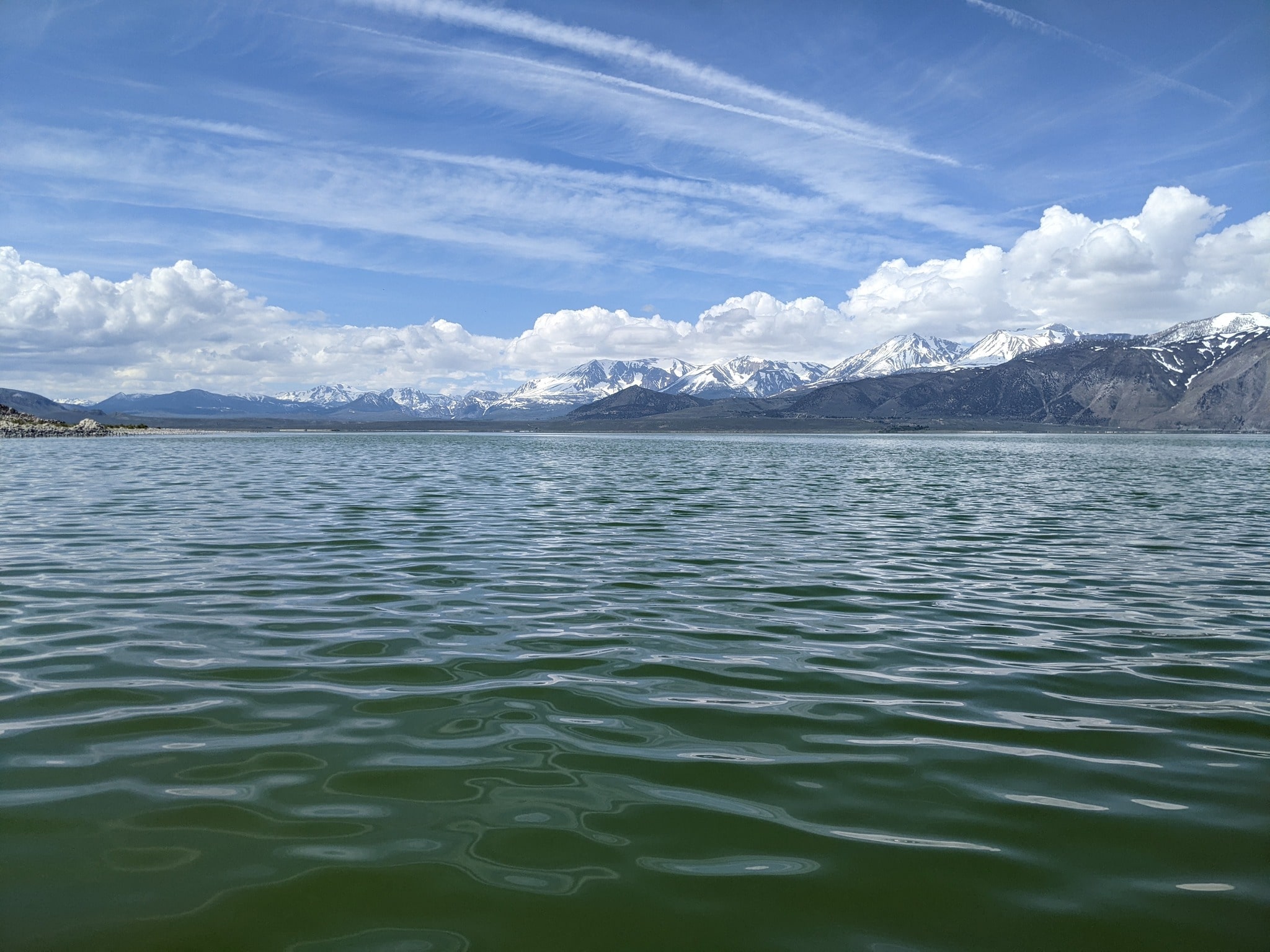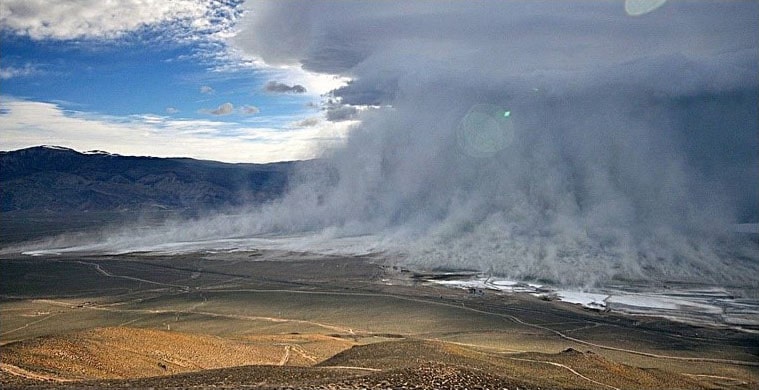
The 2022-2023 snowfall season was historic for the western United States, and as a result, the Californian snowpack was very much above average across the entire state. The crazy amounts of water in the Californian mountains provided relief to many areas that were previously very dry due to droughts. California is now approximately 92% free of drought following the record-breaking season, but all that water has to go somewhere as the summer heat sets in.
As the snow continues to thaw, many of California’s most important and largest lakes are beginning to bounce back from historically low water levels, and the consequences have differed in unexpected ways.
East of the Sierra Nevada mountain range sits a salty body of water called Mono Lake. The lake is known as the most protected salt lake in the American West and even has its own committee intended to protect the lake and regulate water flow. The committee celebrated its first victory in court in 1983 when it successfully regulated the amount of water that the Los Angeles Department of Water and Power could access. Following this, in 1990, a target elevation for the lake was set at 6,392 feet above sea level, representing the ideal minimum water level the lake should ever be at. Before the snow began melting in early 2023, the lake’s water level was 6,380 feet above sea level, 12 feet below the mark.
Although the early spring saw dangerously low water levels for Mono Lake, rehabilitation is being accelerated by the snowmelt, and the lake is expected to rise by over 5 feet this summer. Geoff McQuilkin, the director of the committee for the lake, says that this past winter has given them more time to figure things out regarding long-term preservation.

The flow of water as temperatures warm has given hope to areas like Mono Lake, but another lake in the state is making an unexpected comeback, and the consequences could cost billions. Owens Lake is a mostly dry lake about 4 hours away from Los Angeles. The lake held significant amounts of water until 1913, when the river that feeds the lake was diverted to the city to meet LA’s growing water needs. This caused the lake to disappear 13 years later after being choked from its primary water source. The consequences of the lake-bed drying up were greater than ever could have been predicted, with the remnants of the lake now being the largest source of dust pollution in the United States due to winds in the region that stir up the dry lake bed.
A court order in 2004 required the Los Angeles Department of Water and Power to take action to minimize the dust storms caused by the carcass of Owens Lake to hopefully minimize pollution in the area. The projects undertaken to prevent dust, totaling around $2.5 billion, range from covering different parts of Owens Lake in gravel, growing vegetation on the lake bed, and flooding shallow areas, all in an attempt to minimize dust, which thus far has been successful, as the department has achieved a 99% reduction in dust pollution.
However, all of the city’s hard work to control the dust is threatened, as a nearby aqueduct was breached, and 7,000 acre-feet of water flowed into the dried-up lake, attributable to rapidly melting snow. As salty water begins to interfere with the projects put into place to prevent dust pollution, it could cost billions in damages, and the consequences that follow are unknown. Dust will most likely not be a problem this summer, as at least 160,000 more acre-feet of water are expected to flow into the dried-up lake, which moistens previously dry areas susceptible to producing dust. After that, however, the consequences of damaged dust prevention infrastructure are unknown and could mean big increases in dust pollution.
Different areas of California are seeing huge benefits and needed water level increases, like Mono Lake, while some regions are struggling to keep up with the amounts of water pouring down from the Sierras, like Owens Lake. The melting of a historic snowpack means abnormal and unpredictable outcomes for lakes and reservoirs, but only time will tell how this season’s snowfall will affect the state.
